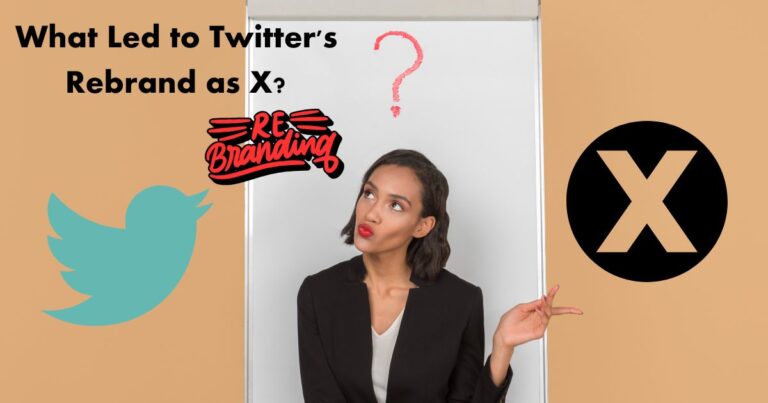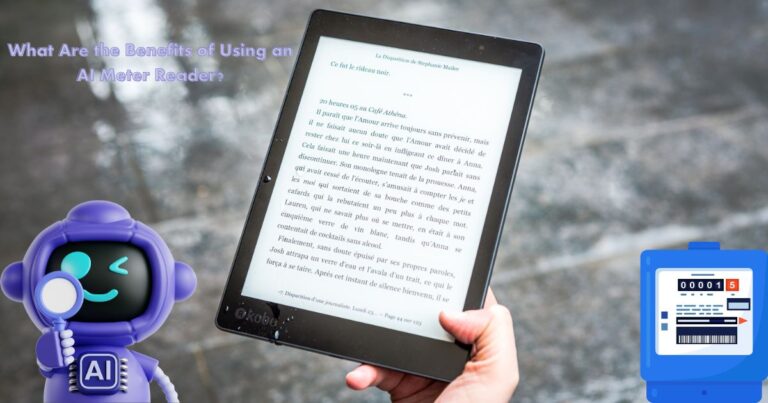
Introduction
Taylor Swift AI Twitter
Artificial intelligence (AI) innovation has brought various advancements, but it poses challenges, especially in the privacy domain. This issue became profoundly visible when Taylor Swift became a victim of AI-generated deepfakes, starting a global conversation about the threats of AI in the wrong hands. The viral spread of non-consensual images on Twitter (presently X) has caused criticism, with calls for stronger content moderation and new enactment to curb AI misuse.
This article will explore the key aspects of the incident including Taylor Swift, how Twitter took care of it, the public and legal responses, and what this means for the future of AI and social media. We’ll also address common questions related to the issue and offer key takeaways.
1. The Incident: AI Deepfakes of Taylor Swift on Twitter
What Are Deepfakes?
Deepfakes are AI-generated images, videos, or audio that mimic real people. Utilizing profound learning procedures, these calculations create hyperrealistic content that is hard to distinguish from actual media. This innovation can be utilized for diversion, training, or malevolent purposes, for example, making non-consensual pornography.
What Happened to Taylor Swift?
In mid-2024, sexually unequivocal deep fake pictures of Taylor Quick started circling via social media, especially on Twitter (X).
These images were AI-generated and falsely portrayed Swift in graphic content. The images quickly went viral, catching the attention of millions of users.
Why Did This Go Viral?
Table:
| Factor | Explanation |
|---|---|
| Celebrity Involvement | Taylor Swift is a globally recognized figure, making any incident involving her highly newsworthy. |
| AI-Generated Content | The use of AI to create deepfakes drew attention to the rapidly advancing technology and its risks. |
| Widespread Public Outrage | Fans, activists, and the general public were outraged by the violation of privacy and exploitation. |
| Social Media Amplification | The viral spread of images on Twitter (X) rapidly escalated the situation. |
| Controversial Platform Response | Twitter’s decision to block all Swift-related searches led to debates about content moderation policies. |
| Legal and Ethical Debates | The incident sparked widespread discussion on the need for AI regulation and ethical use of technology. |
The viral nature of the images stemmed from several factors:
- AI sophistication: The quality of AI-generated deepfakes has improved significantly, making it difficult to differentiate them from authentic media.
- Social media’s viral nature: Platforms like X are built for rapid information sharing. Once these images were posted, they spread quickly due to reposting and sharing by users.
- Content moderation issues: Twitter’s content moderation capabilities have been significantly reduced, making it harder for the platform to stop the spread of harmful content.
2. Twitter’s Response: Blocking Searches for Taylor Swift
The Platform’s Initial Action
Twitter responded to the situation by blocking all searches related to Taylor Swift on the platform. This meant that users searching for anything with her name, whether related to music or explicit images, were met with an error or no results. The move was intended to prevent the spread of the deepfakes.
Criticism of the Response
This decision drew criticism for several reasons:
- Overreaction: Critics argued that blocking all searches for Taylor Swift was an overreaction. Many users searching for legitimate content related to her music or career were unable to find it.
- Ineffectiveness: Blocking search terms didn’t address the root problem of the images being available on the platform. Deepfake content creators could simply adjust the names or tags they used, allowing the harmful content to resurface in other forms.
Temporary or Long-Term Solution?
While Twitter explained that the search block was temporary, many questioned whether this was a sustainable approach. The company later clarified that its teams were working to remove the explicit images and take action against those who posted them. However, the incident highlighted broader concerns about the platform’s ability to manage harmful content.
3. Public Reactions and Legal Responses
Support from Advocacy Groups
A few promotion groups, including SAG-AFTRA (the Screen Actors Guild – American Federation of TV and Radio Artists), voiced help for Taylor Swift and called for activity to address the abuse of AI technology. In an explanation, SAG-AFTRA featured the requirement for regulations that shield people from non-consensual image manipulation. They pushed for regulation making it against the law to make or share AI-generated deepfakes without the subject’s consent.
Calls for Legislation
The incident involving Taylor Swift prompted renewed discussions in the U.S. government about regulating AI technology. Some lawmakers had already been working on bills related to deepfakes, and the Taylor Swift situation brought increased attention to these efforts.
Two key pieces of legislation were discussed:
- Preventing Deepfakes of Intimate Images Act: This bill ambitions to criminalize the distribution of non-consensual deepfakes.
- Stronger online privacy protections: Lawmakers also are discussing broader measures to protect private statistics and privacy, mainly within the age of AI.
The Role of the White House
The White House also weighed in on the issue. Press Secretary Karine Jean-Pierre expressed concern about the circulation of false images on social media and urged platforms like X to take greater responsibility for content management. The federal government indicated its support for legislation aimed at curbing AI misuse.
4. Platform Moderation Issues on Twitter
Reduction in Trust and Safety Teams
Twitter has confronted continuous analysis of its content moderation policies, particularly after critical cutbacks inside its trust and wellbeing groups under Elon Musk’s proprietorship. This has left the platform powerless against issues like hate speech, misinformation, and the spread of harmful content.
Zero-Tolerance Policy
In reaction to the deepfake scandal, Twitter reiterated its “0-tolerance” coverage closer to non-consensual nudity and dangerous content. Accounts liable for sharing the deepfakes were suspended, and Twitter’s safety group said that they have been monitoring the situation carefully.
However, many users and experts doubted whether Twitter had the sources and abilities to effectively control these issues given its decreased workforce.
The Future of Content Moderation
The Taylor Swift incident is part of a broader debate about content moderation on social media. Critics argue That platforms need to foster more refined devices to recognize and eliminate harmful AI-generated content before it goes viral. At the same time, platforms are under pressure to protect free speech, making content moderation a complex and challenging issue.
5. The Broader Implications for AI and Social Media
AI as a Double-Edged Sword
The case of Taylor Swift’s deepfakes demonstrates both the potential and the dangers of AI. While AI technology can offer tremendous benefits in areas like entertainment, healthcare, and education, it can also be weaponized to violate privacy and create harmful content.
Growing Concern Over AI Misuse

Growing Concern Over AI Misuse
The rise of deepfakes and AI-generated content has sparked global concern over the misuse of AI technology. Beyond celebrities like Taylor Swift’s pictures, ordinary individuals are also at risk of becoming victims of manipulation. This led to calls for tighter regulations on development deployment systems.
Social Media’s Role
Social media platforms central spread content, both good, to bad. As technology advances, social companies must adapt their moderation policies to address new challenges. Swift incident shows that have a responsibility to protect users from harmful while maintaining open communication channels
FAQs For Taylor Swift AI Twitter
1. What is a deepfake?
A deepfake is an AI-generated image, video, or audio that manipulates real people’s likeness or voices to create highly realistic, but fake, content.
2. Why did Twitter block searches for Taylor Swift?
Twitter (now X) blocked searches related to Taylor Swift to prevent the further spread of explicit AI-generated deepfake images featuring the singer. This action was criticized for being overly broad and also blocking legitimate content.
3. What are the legal implications of AI-generated deepfakes?
AI-generated deepfakes raise significant legal questions related to privacy, consent, and defamation. Several countries are considering legislation to criminalize the unauthorized creation and distribution.
Conclusion
The Taylor Swift AI deepfake incident highlights the growing challenges posed by artificial intelligence in the digital age. As artificial intelligence-created deepfakes become more practical and open, they can be weaponized to attack protection, spread falsehood, and hurt genuine people. Exposed the limitations of current content moderation systems, while backing, gatherings and administrators are pushing for more stronger regulations to address the misuse of AI.
Key Takeaways
- AI Deepfakes Threaten Privacy
AI-generated deepfakes can violate privacy and cause damage without the challenge’s consent. - Social Media Struggles with Moderation
Twitter’s extensive ban on Taylor Swift-associated searches highlights the demanding situations of content material moderation within the AI generation. - Calls for Stronger AI Regulations
Legal and advocacy companies are pushing for legal guidelines to criminalize the non-consensual use of AI-generated content material. - Platform Accountability is Critical
Social media platforms need better proactive tools to deal with AI-generated content and guard users. - Ethical Use of AI in Media
Clear ethical recommendations are important to prevent the misuse of AI in media and amusement. - Global Efforts Needed for AI Regulation
Effective law of AI requires collaboration among nations to deal with the global nature of generation. - Public Awareness of AI Risks is Growing
Incidents like this improve public awareness of the risks posed by way of the AI era.






